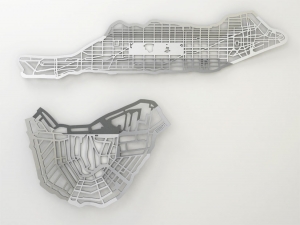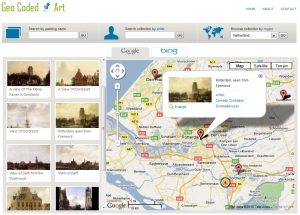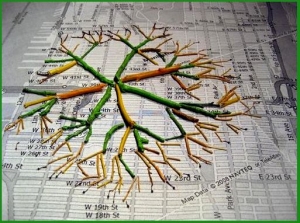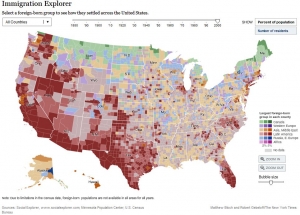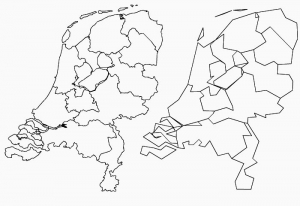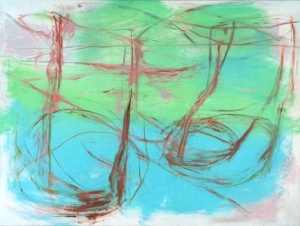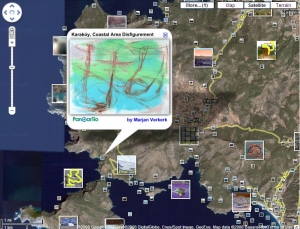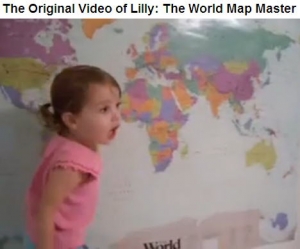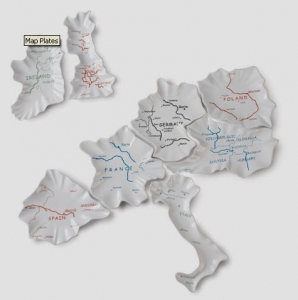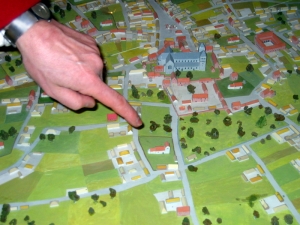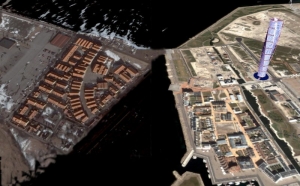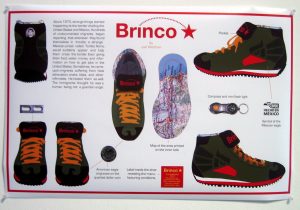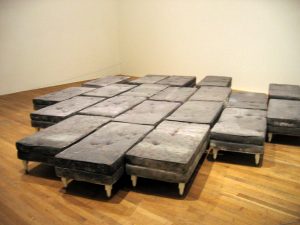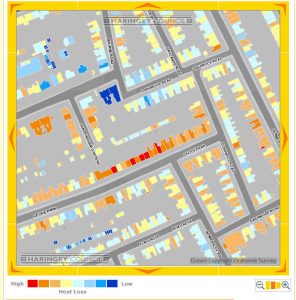Ends of the Earth at MOCA
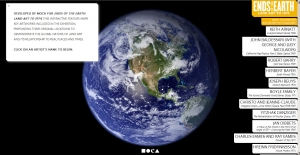 The current exhibition at MOCA (the Museum of Contemporary Art in Los Angeles, Ends of the Earth, Land Art to 1974, includes an interactive Google map which geo-locates the various works of some of the artists represented and documented at the exhibition. Over eighty artists and projects from United Kingdom, Japan, Israel, Iceland, Eastern and Northern Europe, as well as North and South Americas are included in the show. Clicking on an artist’s name zooms to the location and a pop-up window describes the work of art… like this one by Joseph Bueys in a Scottish moor in 1970.
The current exhibition at MOCA (the Museum of Contemporary Art in Los Angeles, Ends of the Earth, Land Art to 1974, includes an interactive Google map which geo-locates the various works of some of the artists represented and documented at the exhibition. Over eighty artists and projects from United Kingdom, Japan, Israel, Iceland, Eastern and Northern Europe, as well as North and South Americas are included in the show. Clicking on an artist’s name zooms to the location and a pop-up window describes the work of art… like this one by Joseph Bueys in a Scottish moor in 1970.
Update 8/1/2019: The MOCA site no longer has the map, but here it is on Google Earth – however it appears you must view this with Chrome. Link to Landart in Google Maps.

